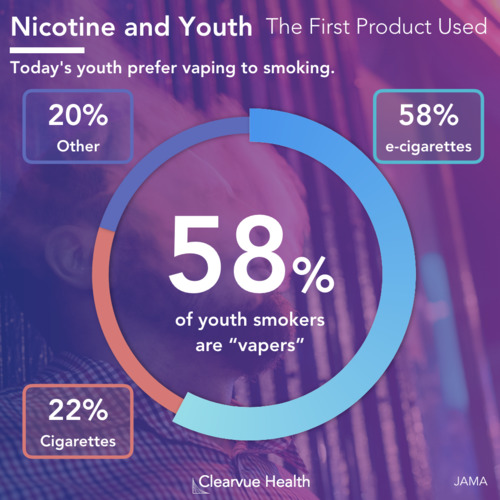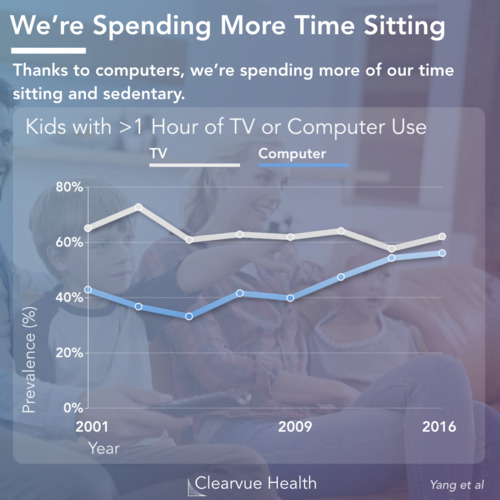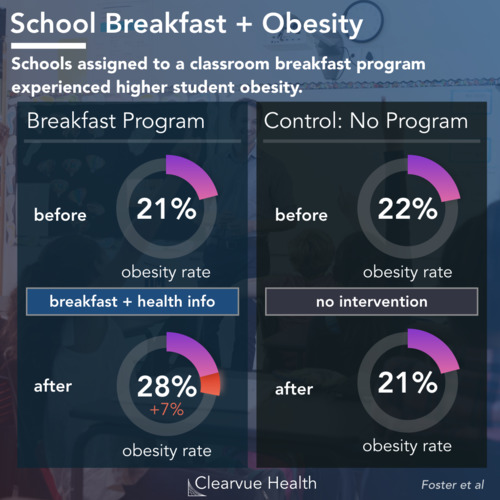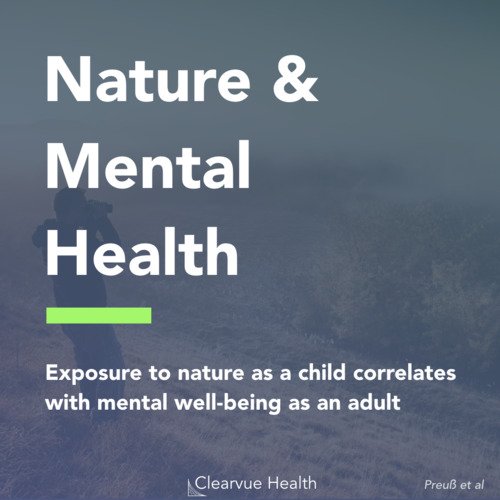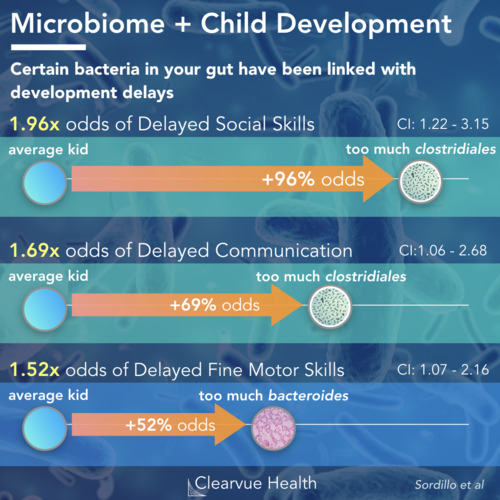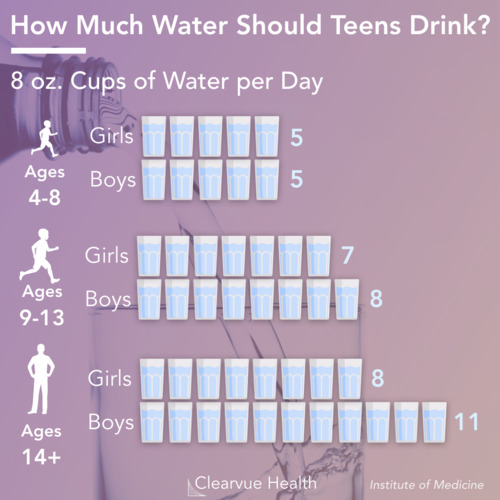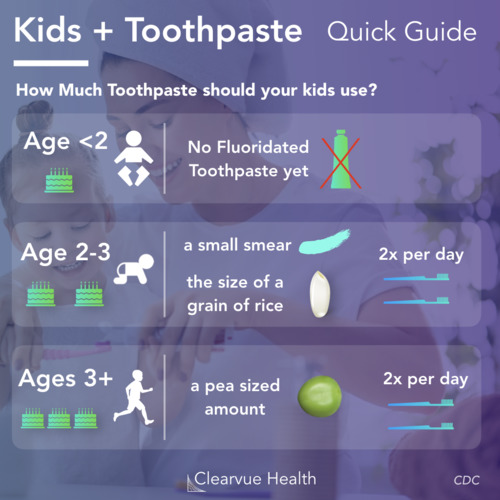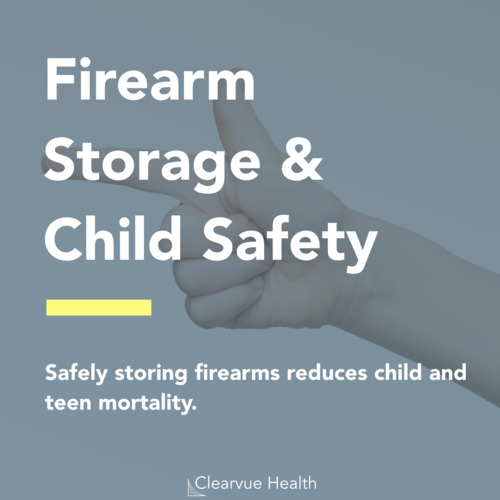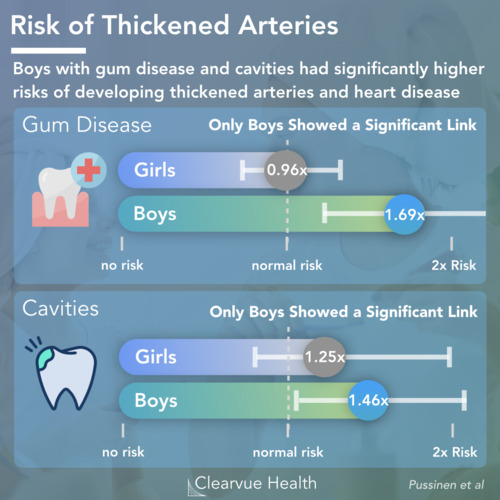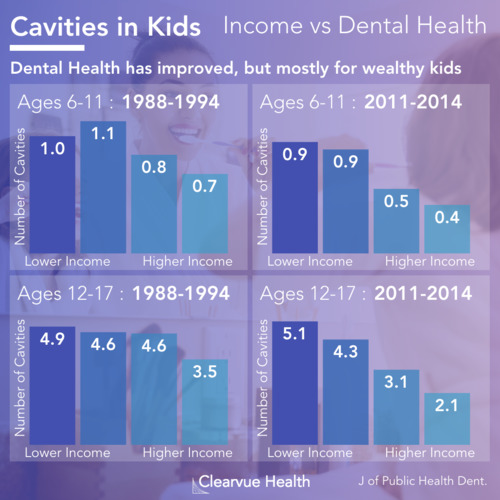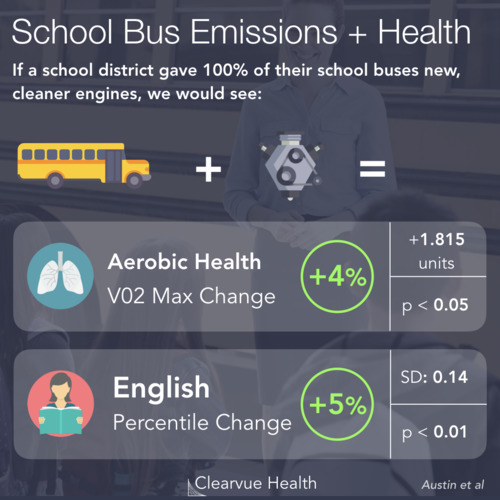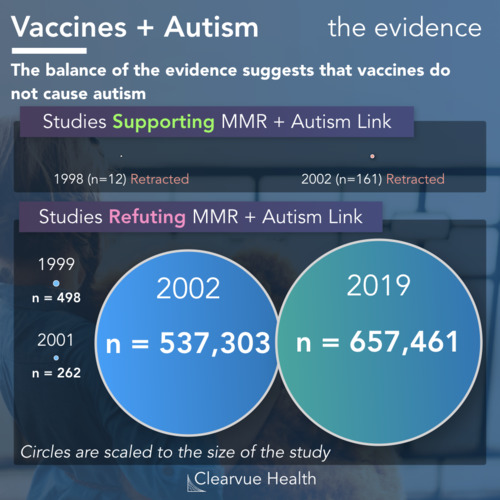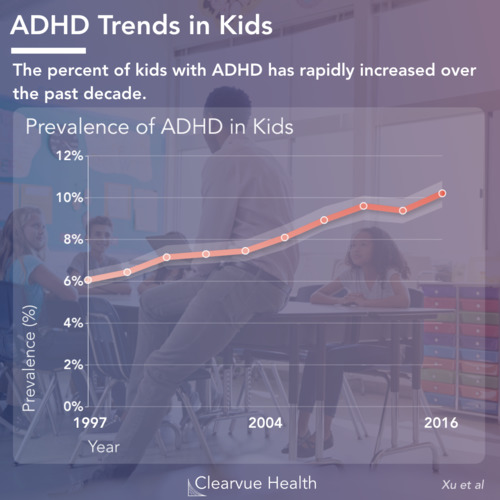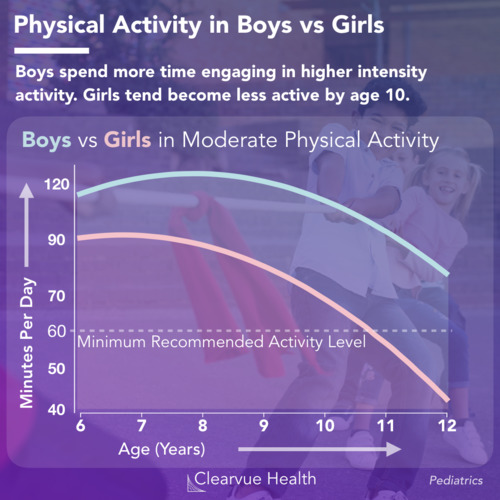Electronic cigarettes have overtaken all other forms of tobacco for today's youth. While vaping is likely safer than smoking, one concern that some doctors have is the link between vaping and smoking. Kids who vape are 4x more likely to eventually smoke.
Adults and kids spend more time on the computer outside of work. Meanwhile, we're watching as much TV as we did before. Sitting too much reduces physical activity time, and may increase heart disease and diabetes.
Free breakfast in the classroom, as opposed to the cafeteria, increases participation in free breakfast programs. Students offered breakfast in class ate more nutritious foods. Schools that offered breakfast in the classroom had higher rates of obesity.
The Federal Government has advocated for providing breakfast in classrooms, among other interventions, to get kids to eat more breakfast. Researchers conducted a clinical trial to see whether breakfast in classrooms actually helped kids. Surprisingly, classroom breakfast and nutrition education increased obesity in students.
Kids exposed to nature grew into healthier adults. They had better overall mental health and lower stress. They were also more likely to do better in school.
We're just scratching the surface in our understanding of the microbiome. Your gut bacteria have been shown to play a role in your metabolism and weight. Now, new research shows that they may be important for kids' development as well.
Girls and boys alike need to drink more water as they grow. 1/5 kids drink no water at all. This has been shown to increase calorie intake and possibly obesity.
Fluorosis occurs when kids ingest too much fluoride. Fluoride can be found in toothpaste, mouthwash, and drinking water. When kids accidently swallow toothpaste, they risk getting fluorosis. Unfortunately, it is on the rise in the United States according to the CDC.
Safely storing firearms reduces child and teen mortality. One study estimated that keeping guns and ammunition inaccessible reduces risk of injury and death by around 78%. Common sense steps such as locking guns, locking ammunition, and storing them separately can all reduce the risk of tragedy.
A new study shows that poor dental health in kids can increase risk of heart disease and thickened arteries as adults. The link was stronger for boys than for girls. Thickened arteries increases risk of heart disease and stroke.
Children are the least likely age group to have a confirmed coronavirus case. Children have similar symptoms as adults, but they are often less frequent and milder. The CDC has outlined recommendations for caring for children during the pandemic.
Over the last 20 years, improvements in dental health have been concentrated in wealthy families. Research has shown that water fluoridation reduces much of this disparity. In economic cost-benefit analysis, researchers estimate that water fluoridation provides $32 in benefits for every $1 in cost.
Diesel fumes from outdated school busses may affect kids' health and academic performance. Districts that received new, retrofitted engines for their school busses saw significant relative increases in athletic and academic performance. Retrofitting school buses with modern engines may be a cost effective way to improve health.
Two retracted studies in 1998 and 2002 suggested a link between Vaccines and autism. Further studies have looked at much larger groups of patients and have not found evidence of a link between vaccines and autism. There are however other known factors that are significantly associated with autism including smoking and premature births.
ADD and ADHD have grown significantly in the United States. It has grown faster in African American children and low income children. It is more common in boys than in girls.
A study that followed kids from ages 6-12 found that kids became far less active by age 11. Kids spend more time sitting and less time moving around. 6 year olds spend far more time moving than sitting. By age 12, this nearly reverses with kids spending nearly as much time sitting as they do moving. Girls in particular are at risk of being too sedentary.
